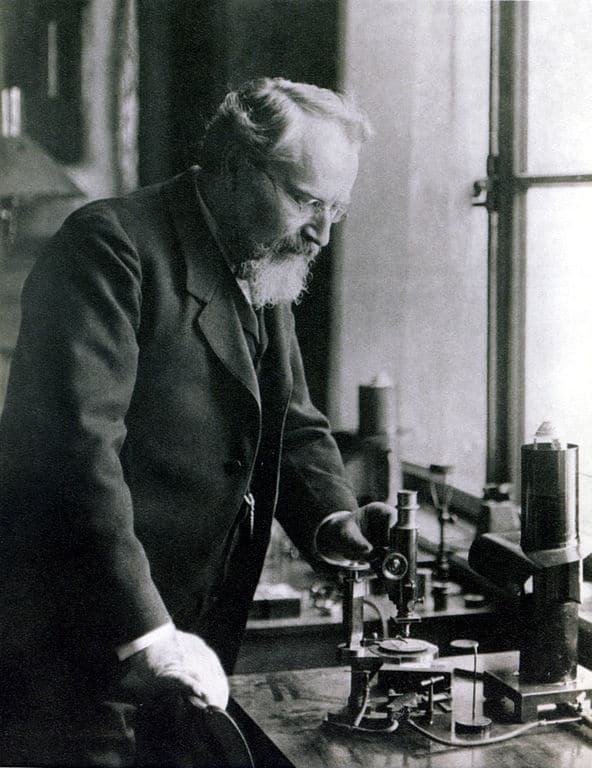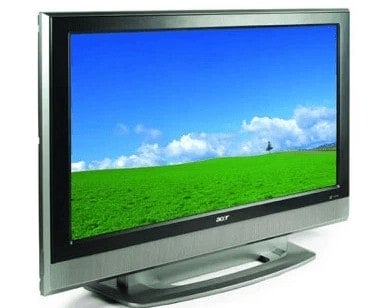3 Facts about Liquid Crystal Display
- Magnets do not affect LCDs.
- At least 200+ million Liquid Crystal Display TVs are sold every year.
- LCDs do not produce light.
Liquid Crystal Display History
A liquid crystal display (LCD) is a flat and thin panel used for displaying information on watches, phones, computer monitors, televisions, and numerous other electronic devices. Among its major features are its lightweight construction, portability, and ability to be produced in much larger screen sizes than are practical for constructing cathode ray tube (CRT) display technology.
Like many other technological gadgets, the modern LCD is not an invention of a single man. In 1888 the Austrian botanist and chemist Friedrich Richard Kornelius Reinitzer (1857-1927), while experimenting with cholesteryl benzoate extracted from carrots, discovered a strange behavior of what would later be called liquid crystals. Friedrich published his findings at a meeting of the Vienna Chemical Society in May 1888.
Quick Facts
- Created
- 1968
- Creator (person)
- Friedrich Richard Kornelius Reinitzer, Otto Lehmann, Charles-Victor Mauguin, T. Peter Brody.
- Original Use
- LCDs have a wide range of applications, including LCD TVs, computer monitors, calculators, etc.
- Cost
- N/A

Later for the explanation of their behavior, he collaborated with the German physicist Otto Lehmann (1855-1922), who actually devised the name “liquid crystals” in his 1904 work, named “Flüssige Kristalle” (Liquid Crystals), an in-depth study of the phenomena with many illustrations of the equipment used, drawings of the crystal structures and photographs taken through the microscope. Their discovery received plenty of attention at the time, but no practical uses were apparent, and the interest dropped soon.

In 1911, the French professor of mineralogy Charles-Victor Mauguin (1878–1958) made the first experiments of liquid crystals confined between plates in thin layers.
The American engineer and manager George H. Heilmeier was also a major contributor to the invention of the LCD. Because of his impact, George was inducted into the Hall of Fame of National Inventors.
Several other inventors and companies worked on developing LCDs until 1971 when the company ILIXCO (now LXD Incorporated) produced the first LCDs. In 1972, the first active-matrix liquid crystal display panel was produced in the USA by T. Peter Brody.
Liquid Crystal Display: How It Worked
The first practical application of liquid crystals happened in 1936 when the Marconi Wireless Telegraph Company patented its Liquid Crystal Light Valve.
LCD technology’s working principle is based on light obstruction. Typically, LCDs are made of two (2) pieces of polarized glass containing liquid-crystal materials between them. Light created by a backlight passes through a substrate while electric currents also simultaneously align the liquid crystal molecules. This way, a varying degree of light can pass through another substrate, consequently creating visible colors and images.
Generally, Liquid Crystal Display either uses the active-matrix technology or the passive matric technology. Most LCDs use active-matrix technology, which involves the arrangement of tiny capacitors and transistors in a matrix on the display glass using a thin film transistor (TFT).
Passive matrix display technology, on the contrary, involves the use of a conductive metal grid to charge pixels. Producing this technology relatively costs less; however, they’re rarely used due to their variable voltage control and slow response time.
Liquid Crystal Display: Historical Significance
Since their introduction into the market, LCDs have been used across several applications. This includes computer monitors, LCD televisions, aircraft cockpit displays, instrumental panels, LCD projectors, watches, digital cameras, mobile phones, etc.

However, OLEDs are gradually replacing LCDs because of their lower response time, infinite viewing angles and color contrasts, wider color gamut, lower power consumption, etc.
